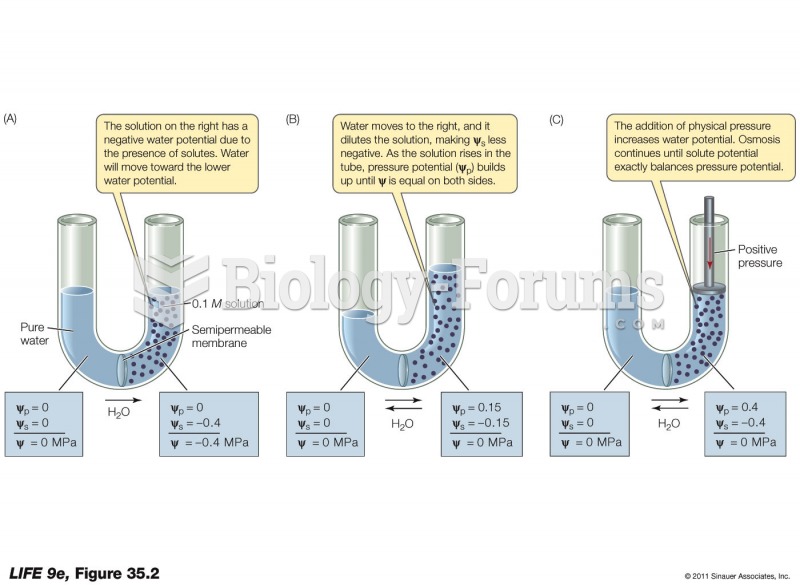Answer to Question 1
Long-term complications can include:
Weight loss
Iron malabsorption
Steatorrhea
Calcium malabsorption
B12 deficiency
Folic acid deficiency
Mrs. Rodriguez may be at risk for several types of anemia.
Iron-deficiency anemia can result because iron is poorly absorbed when it is not exposed to hydrochloric acid (HCl) in the stomach.
- With this surgery, exposure to HCl is decreased due to decreased transit time and poor mixing of gastric contents.
- Additionally, most dietary iron is absorbed in the duodenum, which is bypassed as a result of this surgery.
Pernicious anemia may occur secondary to B12 deficiency.
- B12 absorption requires adequate amounts of intrinsic factor, which is produced in the stomach.
- Surgery may decrease the amount of intrinsic factor available for absorption.
Folate deficiency may be a result of poor intake and/or iron deficiency and may result in megaloblastic anemia.
Answer to Question 2
a. Why would arterial blood gases (ABGs) be drawn for this patient?
Arterial blood gases are measured to evaluate the level of oxygen in the blood, the adequacy of ventilation, and acid-base balance.
Arterial blood is sampled because it better measures a mixture of blood throughout the body as compared to venous blood (due to the tissue uptake of O2 and CO2 release).
b. Define each of the following and interpret Mrs. Hoffman's values:
pH
Overall pH of the blood.
Normal is 7.35-7.45
Mrs. B's is 7.29, which means she is experiencing acidosis.
pCO2
Measures the level of carbon dioxide in the blood.
Because of the relationship of CO2 to carbonic acid, CO2 is used as an indirect measure of acidity in the body.
Mrs. B has an elevated level, which is consistent with respiratory acidosis.
SO2
Measures oxygen saturation of the blood.
Mrs. Hoffman's is low and is consistent with her diagnosis.
HCO3-
Measures bicarbonate ions, a base, in the blood.
One of the major components of the buffer system.
Initially, the kidney will attempt to compensate for the acidosis by retaining bicarbonate ions.
At this point, HCO3- levels may be elevated.
When the acidosis continues, the body is unable to keep up and the level of bicarbonate returns to normal.
This is the situation with Mrs. Hoffman.
c. Mrs. Hoffman was placed on oxygen therapy. What lab values tell you the therapy is working?
pH, CO2, and O2 all returned to normal.







